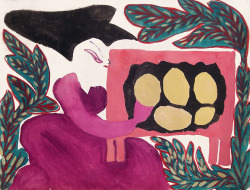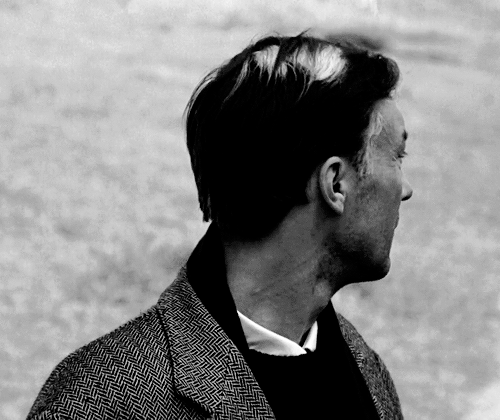expromqueen:The treatment of women in horror films can be associated with the fear of the abject. Julia Kristeva explains the abject as “something rejected from which one does not part, from which one does not protect oneself as from an object.

expromqueen:The treatment of women in horror films can be associated with the fear of the abject. Julia Kristeva explains the abject as “something rejected from which one does not part, from which one does not protect oneself as from an object.

expromqueen:The treatment of women in horror films can be associated with the fear of the abject. Julia Kristeva explains the abject as “something rejected from which one does not part, from which one does not protect oneself as from an object.

expromqueen:The treatment of women in horror films can be associated with the fear of the abject. Julia Kristeva explains the abject as “something rejected from which one does not part, from which one does not protect oneself as from an object.

expromqueen:The treatment of women in horror films can be associated with the fear of the abject. Julia Kristeva explains the abject as “something rejected from which one does not part, from which one does not protect oneself as from an object.

expromqueen:The treatment of women in horror films can be associated with the fear of the abject. Julia Kristeva explains the abject as “something rejected from which one does not part, from which one does not protect oneself as from an object.

expromqueen:The treatment of women in horror films can be associated with the fear of the abject. Julia Kristeva explains the abject as “something rejected from which one does not part, from which one does not protect oneself as from an object.

expromqueen:The treatment of women in horror films can be associated with the fear of the abject. Julia Kristeva explains the abject as “something rejected from which one does not part, from which one does not protect oneself as from an object.

expromqueen:The treatment of women in horror films can be associated with the fear of the abject. Julia Kristeva explains the abject as “something rejected from which one does not part, from which one does not protect oneself as from an object.

expromqueen:The treatment of women in horror films can be associated with the fear of the abject. Julia Kristeva explains the abject as “something rejected from which one does not part, from which one does not protect oneself as from an object.
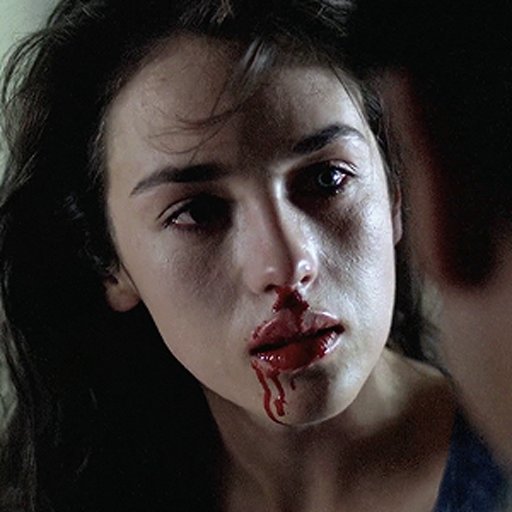
expromqueen:The treatment of women in horror films can be associated with the fear of the abject. Julia Kristeva explains the abject as “something rejected from which one does not part, from which one does not protect oneself as from an object.

expromqueen:The treatment of women in horror films can be associated with the fear of the abject. Julia Kristeva explains the abject as “something rejected from which one does not part, from which one does not protect oneself as from an object.

expromqueen:The treatment of women in horror films can be associated with the fear of the abject. Julia Kristeva explains the abject as “something rejected from which one does not part, from which one does not protect oneself as from an object.

expromqueen:The treatment of women in horror films can be associated with the fear of the abject. Julia Kristeva explains the abject as “something rejected from which one does not part, from which one does not protect oneself as from an object.

expromqueen:The treatment of women in horror films can be associated with the fear of the abject. Julia Kristeva explains the abject as “something rejected from which one does not part, from which one does not protect oneself as from an object.

expromqueen:The treatment of women in horror films can be associated with the fear of the abject. Julia Kristeva explains the abject as “something rejected from which one does not part, from which one does not protect oneself as from an object.

expromqueen:The treatment of women in horror films can be associated with the fear of the abject. Julia Kristeva explains the abject as “something rejected from which one does not part, from which one does not protect oneself as from an object.

expromqueen:The treatment of women in horror films can be associated with the fear of the abject. Julia Kristeva explains the abject as “something rejected from which one does not part, from which one does not protect oneself as from an object.

expromqueen:The treatment of women in horror films can be associated with the fear of the abject. Julia Kristeva explains the abject as “something rejected from which one does not part, from which one does not protect oneself as from an object.
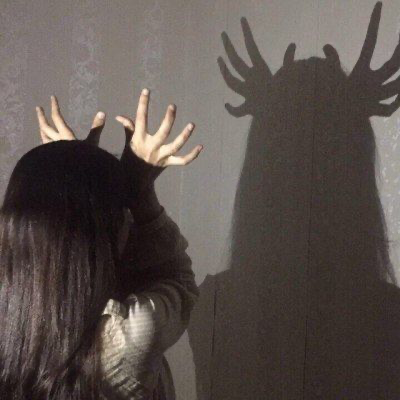
expromqueen:The treatment of women in horror films can be associated with the fear of the abject. Julia Kristeva explains the abject as “something rejected from which one does not part, from which one does not protect oneself as from an object.

expromqueen:The treatment of women in horror films can be associated with the fear of the abject. Julia Kristeva explains the abject as “something rejected from which one does not part, from which one does not protect oneself as from an object.

expromqueen:The treatment of women in horror films can be associated with the fear of the abject. Julia Kristeva explains the abject as “something rejected from which one does not part, from which one does not protect oneself as from an object.
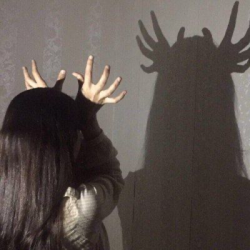
expromqueen:The treatment of women in horror films can be associated with the fear of the abject. Julia Kristeva explains the abject as “something rejected from which one does not part, from which one does not protect oneself as from an object.
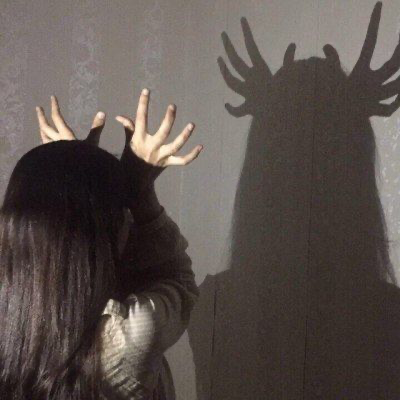
expromqueen:The treatment of women in horror films can be associated with the fear of the abject. Julia Kristeva explains the abject as “something rejected from which one does not part, from which one does not protect oneself as from an object.

expromqueen:The treatment of women in horror films can be associated with the fear of the abject. Julia Kristeva explains the abject as “something rejected from which one does not part, from which one does not protect oneself as from an object.

expromqueen:The treatment of women in horror films can be associated with the fear of the abject. Julia Kristeva explains the abject as “something rejected from which one does not part, from which one does not protect oneself as from an object.

expromqueen:The treatment of women in horror films can be associated with the fear of the abject. Julia Kristeva explains the abject as “something rejected from which one does not part, from which one does not protect oneself as from an object.
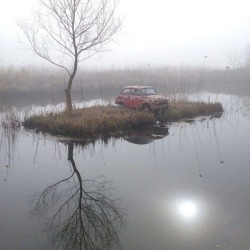
expromqueen:The treatment of women in horror films can be associated with the fear of the abject. Julia Kristeva explains the abject as “something rejected from which one does not part, from which one does not protect oneself as from an object.

expromqueen:The treatment of women in horror films can be associated with the fear of the abject. Julia Kristeva explains the abject as “something rejected from which one does not part, from which one does not protect oneself as from an object.

expromqueen:The treatment of women in horror films can be associated with the fear of the abject. Julia Kristeva explains the abject as “something rejected from which one does not part, from which one does not protect oneself as from an object.

expromqueen:The treatment of women in horror films can be associated with the fear of the abject. Julia Kristeva explains the abject as “something rejected from which one does not part, from which one does not protect oneself as from an object.
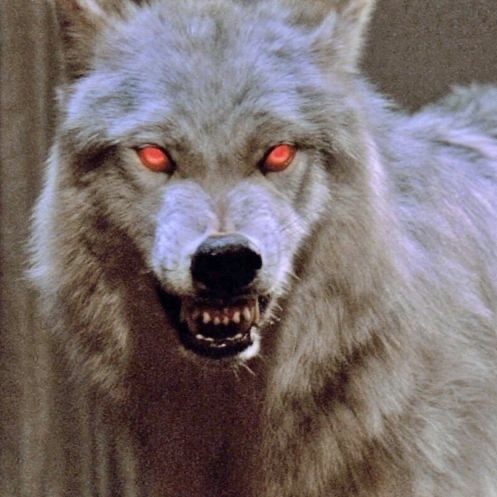
expromqueen:The treatment of women in horror films can be associated with the fear of the abject. Julia Kristeva explains the abject as “something rejected from which one does not part, from which one does not protect oneself as from an object.

expromqueen:The treatment of women in horror films can be associated with the fear of the abject. Julia Kristeva explains the abject as “something rejected from which one does not part, from which one does not protect oneself as from an object.

expromqueen:The treatment of women in horror films can be associated with the fear of the abject. Julia Kristeva explains the abject as “something rejected from which one does not part, from which one does not protect oneself as from an object.

expromqueen:The treatment of women in horror films can be associated with the fear of the abject. Julia Kristeva explains the abject as “something rejected from which one does not part, from which one does not protect oneself as from an object.

expromqueen:The treatment of women in horror films can be associated with the fear of the abject. Julia Kristeva explains the abject as “something rejected from which one does not part, from which one does not protect oneself as from an object.
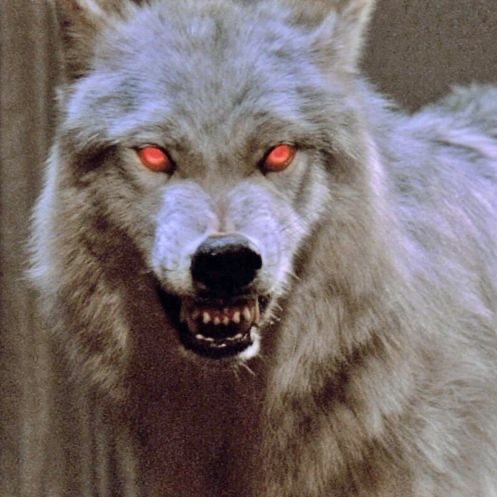
expromqueen:The treatment of women in horror films can be associated with the fear of the abject. Julia Kristeva explains the abject as “something rejected from which one does not part, from which one does not protect oneself as from an object.
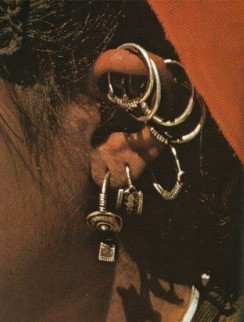
expromqueen:The treatment of women in horror films can be associated with the fear of the abject. Julia Kristeva explains the abject as “something rejected from which one does not part, from which one does not protect oneself as from an object.

expromqueen:The treatment of women in horror films can be associated with the fear of the abject. Julia Kristeva explains the abject as “something rejected from which one does not part, from which one does not protect oneself as from an object.
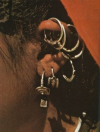
expromqueen:The treatment of women in horror films can be associated with the fear of the abject. Julia Kristeva explains the abject as “something rejected from which one does not part, from which one does not protect oneself as from an object.
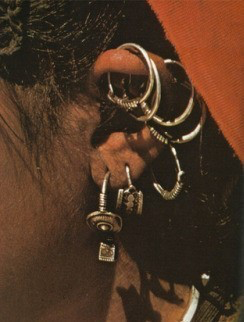
expromqueen:The treatment of women in horror films can be associated with the fear of the abject. Julia Kristeva explains the abject as “something rejected from which one does not part, from which one does not protect oneself as from an object.
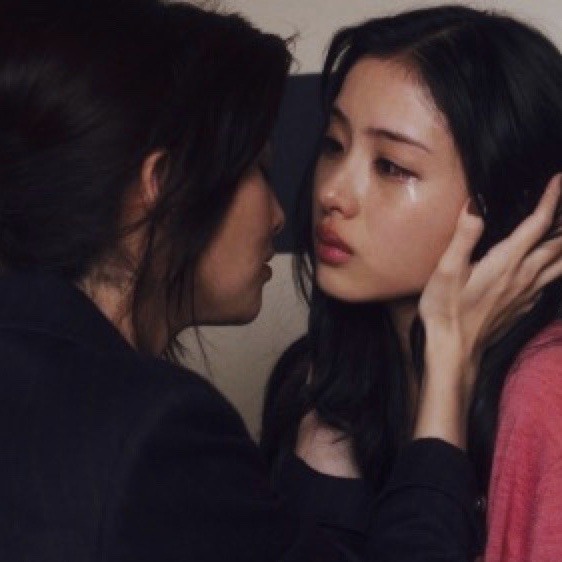
expromqueen:The treatment of women in horror films can be associated with the fear of the abject. Julia Kristeva explains the abject as “something rejected from which one does not part, from which one does not protect oneself as from an object.

expromqueen:The treatment of women in horror films can be associated with the fear of the abject. Julia Kristeva explains the abject as “something rejected from which one does not part, from which one does not protect oneself as from an object.
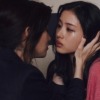
expromqueen:The treatment of women in horror films can be associated with the fear of the abject. Julia Kristeva explains the abject as “something rejected from which one does not part, from which one does not protect oneself as from an object.

expromqueen:The treatment of women in horror films can be associated with the fear of the abject. Julia Kristeva explains the abject as “something rejected from which one does not part, from which one does not protect oneself as from an object.

expromqueen:The treatment of women in horror films can be associated with the fear of the abject. Julia Kristeva explains the abject as “something rejected from which one does not part, from which one does not protect oneself as from an object.

expromqueen:The treatment of women in horror films can be associated with the fear of the abject. Julia Kristeva explains the abject as “something rejected from which one does not part, from which one does not protect oneself as from an object.
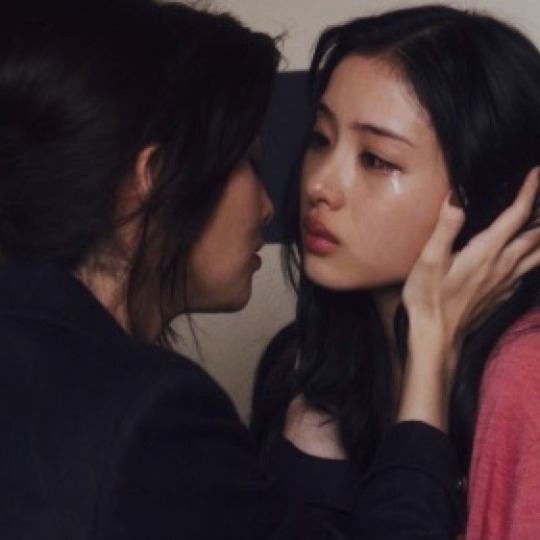
expromqueen:The treatment of women in horror films can be associated with the fear of the abject. Julia Kristeva explains the abject as “something rejected from which one does not part, from which one does not protect oneself as from an object.

expromqueen:The treatment of women in horror films can be associated with the fear of the abject. Julia Kristeva explains the abject as “something rejected from which one does not part, from which one does not protect oneself as from an object.

expromqueen:The treatment of women in horror films can be associated with the fear of the abject. Julia Kristeva explains the abject as “something rejected from which one does not part, from which one does not protect oneself as from an object.

expromqueen:The treatment of women in horror films can be associated with the fear of the abject. Julia Kristeva explains the abject as “something rejected from which one does not part, from which one does not protect oneself as from an object.

expromqueen:The treatment of women in horror films can be associated with the fear of the abject. Julia Kristeva explains the abject as “something rejected from which one does not part, from which one does not protect oneself as from an object.
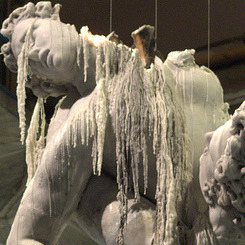
expromqueen:The treatment of women in horror films can be associated with the fear of the abject. Julia Kristeva explains the abject as “something rejected from which one does not part, from which one does not protect oneself as from an object.

expromqueen:The treatment of women in horror films can be associated with the fear of the abject. Julia Kristeva explains the abject as “something rejected from which one does not part, from which one does not protect oneself as from an object.

expromqueen:The treatment of women in horror films can be associated with the fear of the abject. Julia Kristeva explains the abject as “something rejected from which one does not part, from which one does not protect oneself as from an object.
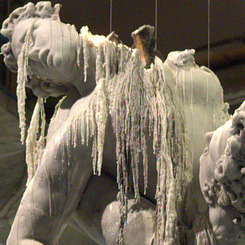
expromqueen:The treatment of women in horror films can be associated with the fear of the abject. Julia Kristeva explains the abject as “something rejected from which one does not part, from which one does not protect oneself as from an object.

expromqueen:The treatment of women in horror films can be associated with the fear of the abject. Julia Kristeva explains the abject as “something rejected from which one does not part, from which one does not protect oneself as from an object.

expromqueen:The treatment of women in horror films can be associated with the fear of the abject. Julia Kristeva explains the abject as “something rejected from which one does not part, from which one does not protect oneself as from an object.

expromqueen:The treatment of women in horror films can be associated with the fear of the abject. Julia Kristeva explains the abject as “something rejected from which one does not part, from which one does not protect oneself as from an object.

expromqueen:The treatment of women in horror films can be associated with the fear of the abject. Julia Kristeva explains the abject as “something rejected from which one does not part, from which one does not protect oneself as from an object.

expromqueen:The treatment of women in horror films can be associated with the fear of the abject. Julia Kristeva explains the abject as “something rejected from which one does not part, from which one does not protect oneself as from an object.

expromqueen:The treatment of women in horror films can be associated with the fear of the abject. Julia Kristeva explains the abject as “something rejected from which one does not part, from which one does not protect oneself as from an object.

expromqueen:The treatment of women in horror films can be associated with the fear of the abject. Julia Kristeva explains the abject as “something rejected from which one does not part, from which one does not protect oneself as from an object.

expromqueen:The treatment of women in horror films can be associated with the fear of the abject. Julia Kristeva explains the abject as “something rejected from which one does not part, from which one does not protect oneself as from an object.

expromqueen:The treatment of women in horror films can be associated with the fear of the abject. Julia Kristeva explains the abject as “something rejected from which one does not part, from which one does not protect oneself as from an object.

expromqueen:The treatment of women in horror films can be associated with the fear of the abject. Julia Kristeva explains the abject as “something rejected from which one does not part, from which one does not protect oneself as from an object.

expromqueen:The treatment of women in horror films can be associated with the fear of the abject. Julia Kristeva explains the abject as “something rejected from which one does not part, from which one does not protect oneself as from an object.

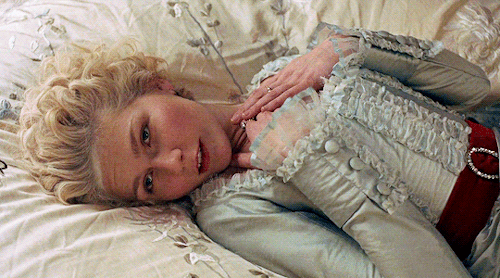


![Minstrivia: Favourite Yoongi Looks [12/∞]](https://64.media.tumblr.com/cc0484df27afd0fbf63fde216340a319/d56f44875a00b439-c3/s400x600/e4721561956201e3c6e42b823cfb23de0457ecf9.gif)

